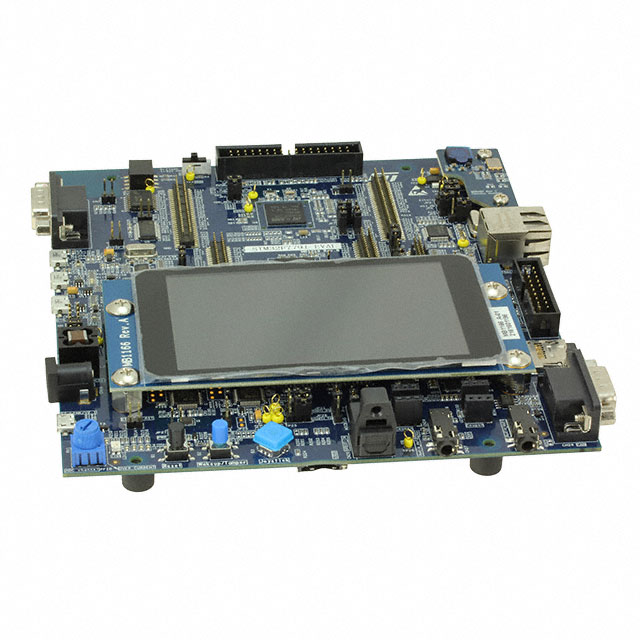Technical Specifications
Parameters and characteristics for this part
| Specification | STM32F779I-EVAL |
|---|---|
| Contents | Board(s) |
| Core Processor | ARM® Cortex®-M7 |
| Mounting Type | Fixed |
| Type | MCU 32-Bit |
| Utilized IC / Part | STM32F779 |
Pricing
Prices provided here are for design reference only. For realtime values and availability, please visit the distributors directly
| Distributor | Package | Quantity | $ | |
|---|---|---|---|---|
Description
General part information
STM32F779I-EVAL Series
The STM32F777xx, STM32F778Ax and STM32F779xx devices are based on the high-performance Arm®Cortex®-M7 32-bit RISC core operating at up to 216 MHz frequency. The Cortex®-M7 core features a floating point unit (FPU), which supports Arm®double-precision and single-precision data-processing instructions and data types. It also implements a full set of DSP instructions and a memory protection unit (MPU), which enhances the application security.
The STM32F777xx, STM32F778Ax and STM32F779xx devices incorporate high-speed embedded memories with a flash up to 2 Mbytes, 512 Kbytes of SRAM (including 128 Kbytes of Data TCM RAM for critical real-time data), 16 Kbytes of instruction TCM RAM (for critical real-time routines), 4 Kbytes of backup SRAM available in the lowest power modes, and an extensive range of enhanced I/Os and peripherals connected to two APB buses, two AHB buses, a 32-bit multi-AHB bus matrix, and a multi layer AXI interconnect supporting internal and external memories access.
The devices offer three 12-bit ADCs, two DACs, a low-power RTC, twelve general-purpose 16-bit timers including two PWM timers for motor control, two general-purpose 32-bit timers, a true random number generator (RNG), and a cryptographic acceleration cell. They also feature standard and advanced communication interfaces.
Documents
Technical documentation and resources



